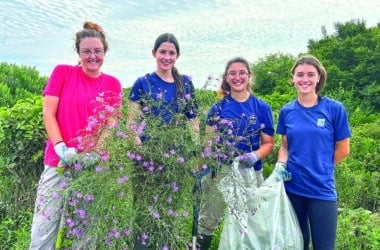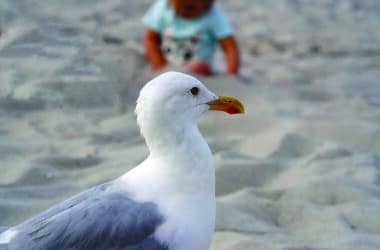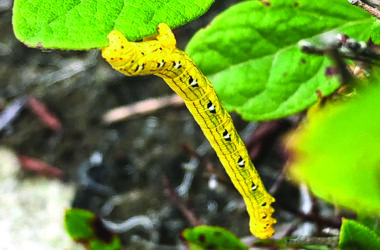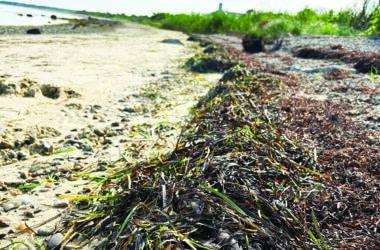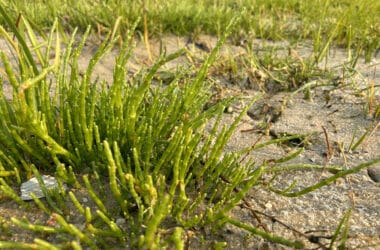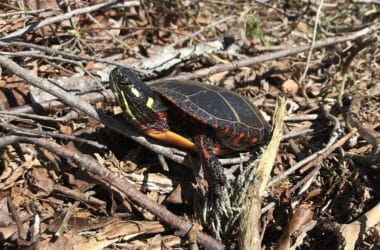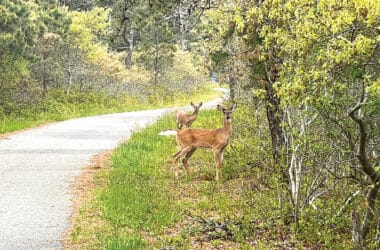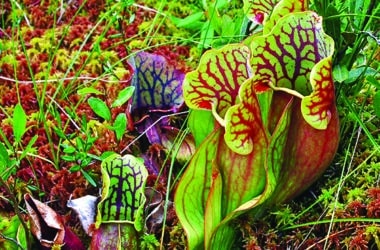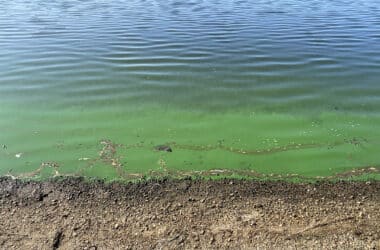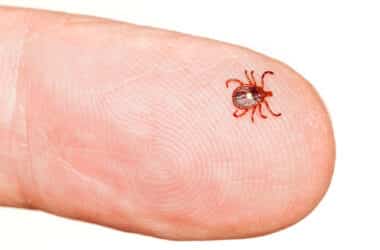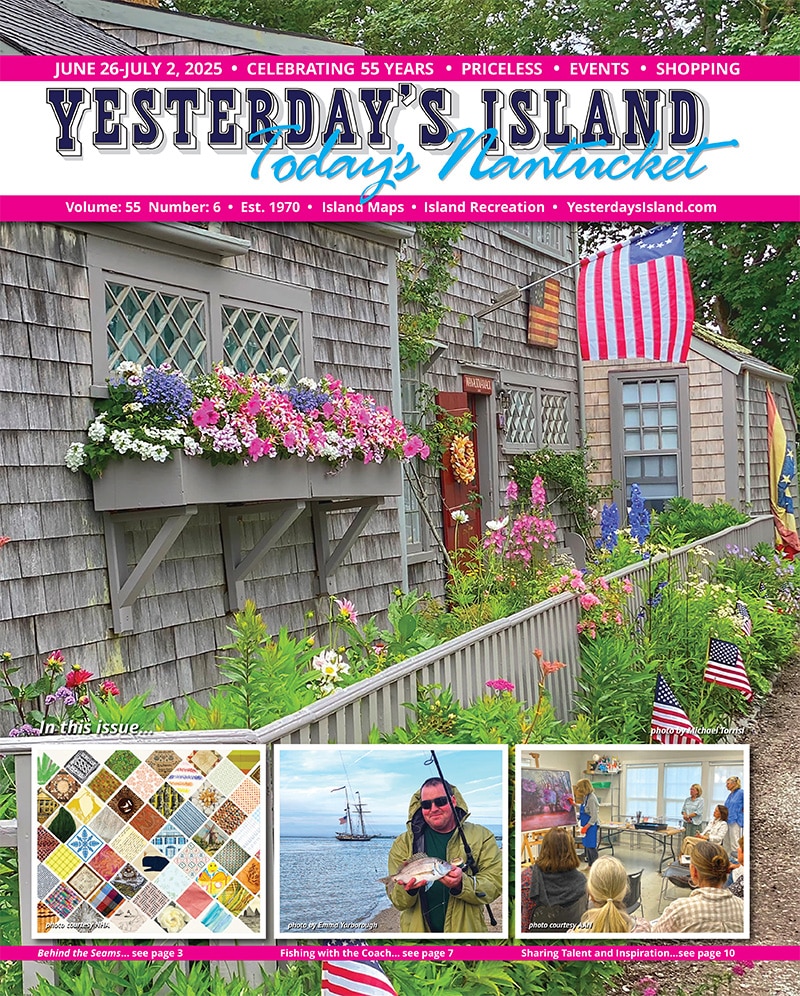Over the past two decades there has been a growing problem on-island as more and more non-native invasive plants (and other species) establish and dominate. Some species new to our region don’t cause harm, establishing in small populations without changing local ecology. However, it is the domineering plants that cause economic, ecological, or harm to human health that are managed. For a place which prides itself on its conservation and biodiversity, protecting these resources is of vital importance.
Island Science
Klepto-Gulls of Nantucket Island
You may have heard about the recent theft that occurred at Stop and Shop. A man’s wallet was stolen from his cart right in the parking lot. It was front page news! Ok, it wasn’t front page news, but the perpetrator was identified as a frequent culprit of such crimes—a seagull.
On the Island’s Heathlands & Barrens
This past week we wrapped up the Nantucket BioBlitz. When we were out and about trying to catalog every living thing on the island mid-July, we came across a plethora of caterpillars. As a plant ecologist, I’m usually more attuned to the flora rather than the fauna. However, when you get up close and personal with a plant, you have a front row seat to the faunal associates living off of, in, and around the plant.
The Wrack Line
The past several days have been stunningly beautiful, though the hot and muggy weather forcing us to seek relief at the shoreline—well, forcing might be too strong a word. How about: it gave us an excuse to head to the beach to swim and play in the water. Whether on vacation, trying to occupy the kids, or just i need of a little salt water solace, many of us have escaped to the beach these past few weeks.
Sea Pickles: A Tasty Saltmarsh Indicator
by Dr. Sarah Treanor Bois, PhDDirector of Research & Education at the Linda Loring Nature Foundation Chicken claws, sea beans, glasswort, sea asparagus—these are all common names for the same plant. With multiple species of glasswort worldwide, these plants are commonly called by their Latin genus, Salicornia. The word “salicornia” […]
Join the Blitz
by Dr. Sarah Treanor Bois, PhDDirector of Research & Education at the Linda Loring Nature Foundation Last week I was walking the Linda Loring Nature Foundation trails with two of our summer research and conservation volunteers. While we were examining some of our research trees, I noticed something different. There […]
Missing Mammals
A theme of many of my articles is how special and unique Nantucket’s flora and fauna are. Often I highlight rare species that call the island home: endangered plants, rare butterflies, insects, threatened birds… life on-island that makes Nantucket’s ecology unique. Today, however, I am going to discuss the absence of a group of species which gives the island species character: mammals.
Predatory Plants
by Dr. Sarah Treanor Bois, PhDDirector of Research & Education at the Linda Loring Nature Foundation It sounds like something out of a movie: predatory plants. This has me thinking zombies, Venus fly traps, body snatchers, and, possibly, giant dog-eating vines (Feed me Seymore!). However, predatory plants are not a […]
Danger in the Blooms
When I was a kid, the first movie I ever saw in 3D was The Creature from the Black Lagoon. The movie was from 1954, but in the 1980s the VHS tape was released, and we all had the special glasses. It was fun in the watching and seemed sort of ridiculous. However, as a 7-year-old, it instilled a fear of freshwater in me that was hard to shake. I wouldn’t go into a pool or lake for the rest of the summer without thinking about the swamp man.
Ticks on the Hunt
I first encountered Lone Star ticks on Tuckernuck Island in 2015. I had one adult female hitchhike back to Nantucket on me, and I reported it to Tick Report. At the time, it was only the second report from Nantucket, with many more known from Tuckernuck Island. Of course, birds fly easily from one island to another, and deer swim. It was just a matter of time before Nantucket and all of its available habitat became the next place for Lone Star ticks to populate.

